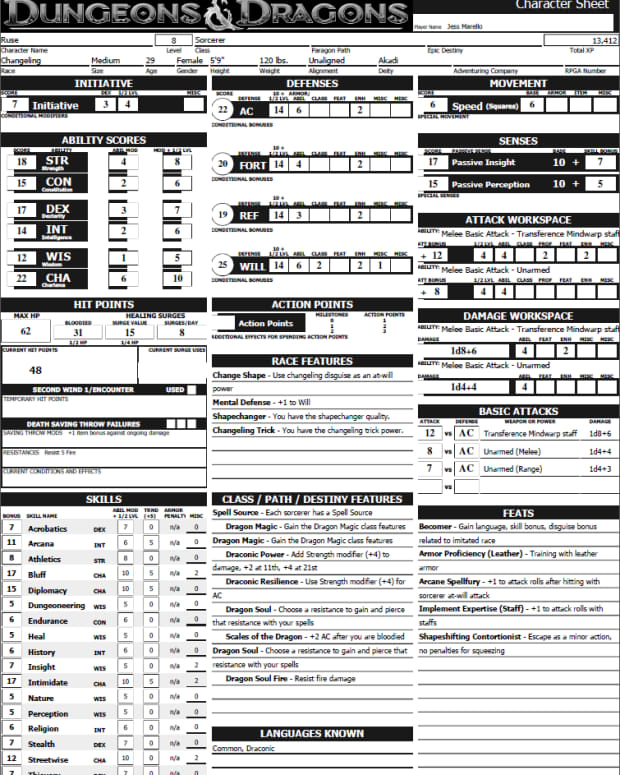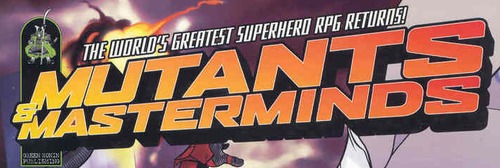
Characters are assumed to possess appropriate equipment to round out their abilities. In a fantasy game, we don’t charge PP for equipment unless it’s unusual to the setting or particularly rare. But that’s a digression for another time – what matters right now is picking the PL that grants the feel you want for your game.įor my fantasy game, I’m going to pick PL 6 – I already have some character ideas I like, and that level seems like the best for reproducing them well. Even a single Power Point can make a big difference. Think “Hercules/Heracles.”Īs you can imagine, one PL makes a LOT of difference. Expect to save the world before afternoon tea, fight demons summoned by evil mages, and so on. This is also the default PL for superheroes in a modern setting. PL 10? The heroes are demigods, powerful wizards, warriors of legendary cunning and skill. If you want a mythological comparison, think “Odysseus.” You might wind up with your own kingdom to defend at this level, and the players will take a major role in the world.
Mutants and masterminds 3e builds ideas movie#
If you want something a bit more “Conan” ish, try PL 8 – “Cinematic Action.” This is where most movie action heroes fall in, and Conan the Barbarian probably fits in here somewhere as well. Or saving a tavern from being burned down by Hobgoblins and Ogres. Unless that’s how your GM rolls).įor a slightly more epic starting level similar to D&D 4th Edition, set PL to 6 – the level of “street level superheroes.” At this level, you can expect to be taking on greater threats, like dark elves in a high fantasy setting, or evil sorcerers and their cultists. Also to return villager’s kittens (I’m kidding. Expect to face similarly powered humans and lower level monsters, like goblins and such. This also happens to be the PL of modern SWAT officers.

Basically, PL forms an upper limit on a number of your abilities and traits, and provides a quick way of setting the overall feel of the game.įor classic, low level adventurer style gameplay, set PL to 4. Unlike Class Level or Character Level in D&D or a similar game, it doesn’t change often once the game starts, unless something really important occurs. Power Level is, as you might guess, a measure of a character’s power. This is really the job of the GM, again, but you’ll need to know it if you’re the player, too. Your GM will be doing most of this part for you, though as a player, you only need the core book and whatever optional rules your GM has decided to use. Other recommended reading is the excellent 2nd edition book Warriors and Warlocks, which contains a number of optional rules for the genre, most of which can be applied to 3e with a little common sense. Yes, it’s for DC but M&M does much, much more than what it says on the cover. Regardless of which edition you’re running or playing in, you’ll need the appropriate core rulebook: the 3rd edition core book is the DC Adventures Hero’s Handbook. It’s newer, it actually DOES have a lot of improvements over the 2nd edition (which is hard 2e was almost perfect!), and most of the stuff that was made for 2e will still work with a few changes.

Either 2nd or 3rd edition will serve your needs very well, and personally I recommend the 3rd edition of the game. In this entry, I’ll be breaking down a few of the things you’ll need to know if you want to run a fantasy M&M game.įor starters, you need to choose an edition. My suggestion? Mutants and Masterminds again (can you tell I like this system?). You have the choice of using D&D 4e, Pathfinder, or another system entirely. >Alright, so you’re thinking of playing – or running – a fantasy game.


 0 kommentar(er)
0 kommentar(er)
